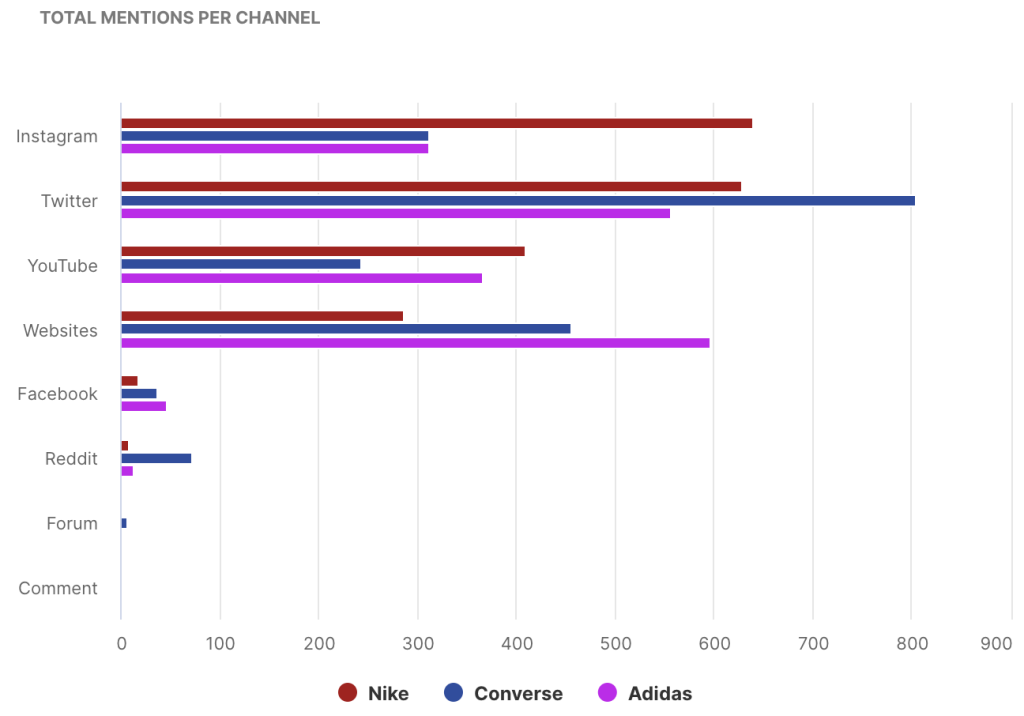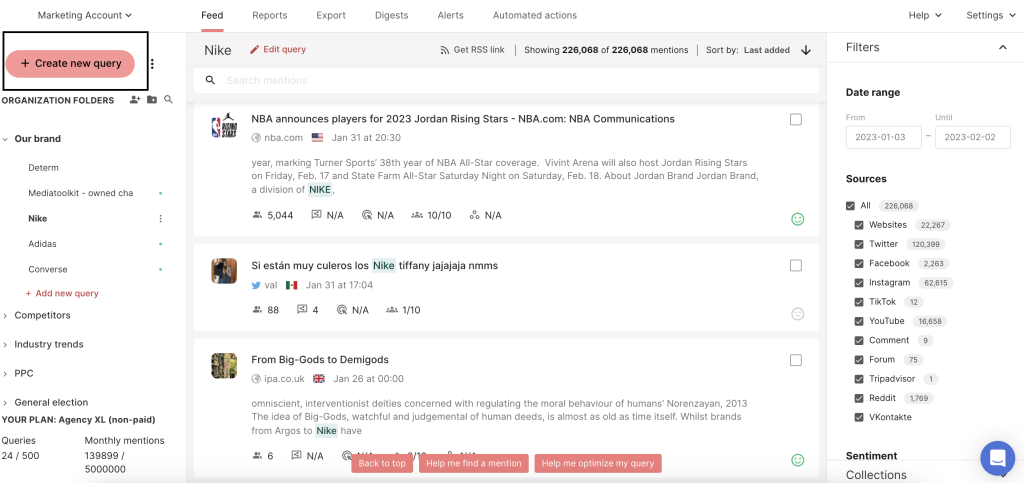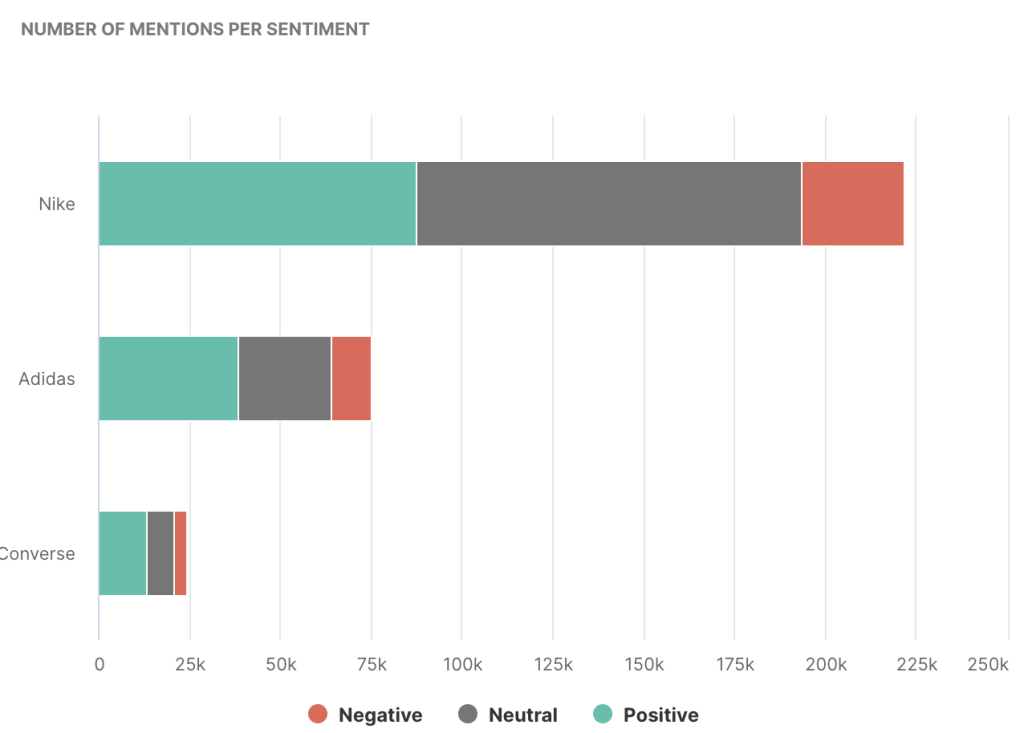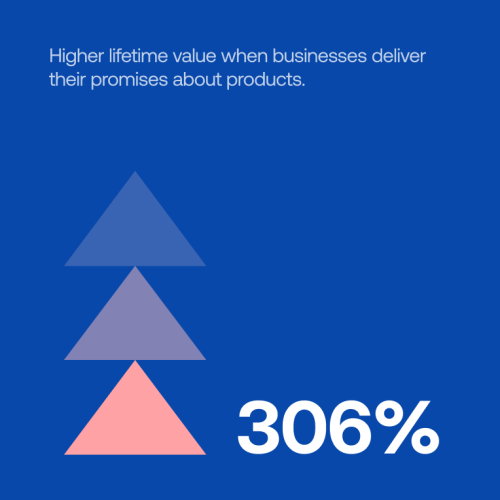Is carrying out a social media competitor analysis causing you to lose sleep?
It shouldn’t. Especially now when you can automate the whole process. Social media monitoring tools are an alternative to researching your competitors manually. They streamline the process down to single clicks and do most of the work for you.
? Read: Competitive Analysis: All You Need to Know
It doesn’t have to be a long and tedious job.
We aim to show you a step-by-step process that can be followed to make conducting a social media competitor analysis a piece of cake.
Do you want to know how to accomplish that smoothly and efficiently?
Here we go.
What is Social Media Competitor Analysis?
The analysis of social media competitors can be carried out by any company, regardless of their industry or size. The process involves taking an in-depth look at the practices of the competition and leaders of the industry on social media, then drawing proper conclusions from the results.
Social media competitor analysis is thorough research of similar brands in your industry. This study examines brands’ social media activities to identify their points of differentiation, strengths, and weaknesses.
The primary purpose of such analysis is to spot opportunities and points for your own improvement. In addition, by comparing your business to its competitors, you can gain a better insight into your own performance.

Social media competitor analysis: why should you do it?
Though many companies are afraid to analyze their competitors and are extremely cautious about comparing themselves to others, conducting a social media analysis can bring plenty of benefits. You will be able to…
- Identify your strengths and points that differentiate your brand from others, as well as potential threats
- Track your competitors on social media to stay on top of their moves and activities
- Improve your social media marketing strategy by optimizing your communication
- Find out what types of posts your audience enjoys, which platforms they prefer, and how they use them
- Benchmark your results against your competitors
What’s more, a social media competitor analysis can also reveal which types of content you should publish and which you should avoid. It’ll also show you potential customer pain points and problems that they may come across.
Take advantage of the fact that social media allows you to view your competitors at your fingertips. Monitoring their activities will help you make informed decisions and optimize your social media activities.
Read How to Use Media Monitoring for Competition Analysis
How to Carry Out a Social Media Competitor Analysis in 5 Easy Steps
Okay, let’s get to the point. Do your social media profiles seem to be stuck in one place? Maybe you are looking for a faster and more reliable way to analyze your competitors on social media?
How should you start? Don’t worry. We’ll squeeze everything into just 5 simple steps so that you can conduct your own social media competitor analysis in a flash.
Step 1: Check the background
And here is the point from which we’re going to start. First, you need to identify who your closest competitors are. Then, you need to look around, find potential brands, and bring them all together.
Tip! It will be helpful to prepare Google Sheets or Excel files in which you will gather all of the useful information you obtain. You will have everything in one place, which may be really helpful for further research.
It would be best if you carry out such research from time to time in order to keep up with changing markets. It is possible to stumble upon companies or concepts utterly unfamiliar to you and to find new inspiration.
What’s the best way to start?
- Check which companies are the most visible on social media and decide which social media platforms are the most important for your business.
- Conduct hashtag research to see which brands are using crucial hashtags for your business. To simplify the process, you can use Determ. You just need to click Start tracking and type your chosen hashtag to set up a query.
You’ll get the results in seconds and can filter them by, e.g. author, platform, and sentiment to see how brands use that particular hashtag.

Determ also offers a Word Cloud that displays hashtags similar to yours. Thanks to this, you’ll be able to discover mentions and brands that you wouldn’t have otherwise found.
- Remember to check thematic groups on Facebook and LinkedIn to see if your competitors are present there or if there are any discussions about them.
- Narrow down the results by choosing just a few direct competitors with profiles related to yours. Furthermore, you can select brands from further afield but which may also be a good source of information.
- Finally, select the time frame you want to analyze. Concentrating on a particular time period allows you to observe competitors’ strengths and weaknesses to better understand their social media strategies.
Step 2: Put all competitors together
Now it’s time to start digging deeper. Once you have a list of competitors that you want to take a closer look at, you should take care of your organization. To simplify your further work, you should first add your list to a social media monitoring tool.
What does this mean? To start monitoring your competitors’ mentions in real-time and analyze their performance based on this information, you need to create a folder and set up queries.
In Determ, you can monitor all of your competitors separately and jump from one to another while analyzing. That sounds pretty handy, doesn’t it?
Tip! You can set up alerts and get notifications as soon as somebody mentions one of your competitors. In Determ, information can be delivered via email or its mobile app. You can even integrate the tool with your Slack channel.
Read Competitive Analysis: All You Need to Know
Step 3: Gather useful data
Once you do the background research and have a list of competitors, you’ll be ready to start gathering data. First, establish what information you would like to receive and what you would like to measure.
Focus on the most crucial metric measured on social media – engagement. You can first check out basic information like the number of followers, the average number of likes on a post, and other reactions like comments, shares, saves, and retweets, etc.
Are there other factors to consider? Get more detailed information by checking:
- What type of content do your competitors publish? Would your audience like to see: graphics, images, or videos? Each social media platform is different, so you should analyze each one separately.
- Determine which social media tactics are used by companies in your industry. Do they set up Instagram Shopping and create catalogs of products there? Find out what they do differently and whether or not it works for them.
- Check how they talk to their customers. Are posts written in a particular style?
- What hashtags do they use?
Of course, you don’t carry out a social media competitor analysis in order to repeat everything that your rival brands are doing 1-to-1. Instead, you should identify ways to set your profile apart from others. Such recognition gives you a vast knowledge base about your audience and their preferences.
Read 5 Ways Your Business Can Flourish By Using Social Media Analytics
Step 4: Find influencers
An essential part of any social media competitor analysis is influencers. They are the center of the social media world, so it is no surprise that they directly affect how potential customers perceive advertised products.
That is why you should keep an eye on your competitor’s influencers. You have the chance to reach out to those who are unsatisfied with your competitors’ products.
Looking for influencers manually can be tricky and time-consuming (not every influencer and audience will match the brand). Determ solves this problem by offering a list of Top Influencers.
These lists are based on real-time information so that you can access the latest information whenever you need to.
Read Find Influencers With Social Listening Tools
Step 5: Create a report
And we’re finally getting to the last point – creating reports. You need to analyze all of the gathered data in order to draw the correct conclusions. How about having all the data you need available at the click of a button? It’s possible.
Using the data that Determ has already collected, you can create a competitive analysis report that benchmarks your online brand reputation against your competitors. There are two options to choose from: a ready-made report template or create your own from scratch.

Tip! It’s also possible to customize a ready-made report and adjust its design to your needs. So you can add, modify, and remove graphs according to your preferences and expectations.
A social media monitoring tool’s ability to generate reports in a matter of seconds is one of its most significant benefits. You don’t have to spend a lot of time doing the analysis every month or quarter. Instead, you know that if you need the data, it will be available at any time. Plus you can download the report (or part of it) as a PDF or PPT.
Read 5 PR Report Templates and Hacks to Instantly Prove the Value of Your Work
And what information can you find in a Determ competitive analysis?
Determ has a dedicated Competitive analysis report that you can use to benchmark two or more tracked queries. Except for the most basic (but still relevant) data, you will gain insights into such useful metrics as:
- Share of Voice: SOV compares brand awareness on your various social media channels to your competitors. How is your brand visible on social media?
- Sentiment analysis: has a significant impact on determining how your brand image is shaping up on social media. Thanks to this, you can find out whether the audience’s emotions are positive, negative, or neutral.

- On which channel they’re mentioned most frequently: gives you information about which channel you should focus your social media presence.
You can even get much more than the above by customizing your report to your own needs. This flexibility helps you to understand your audience better.
In Summary
Monitoring tools mean that conducting a social media competitor analysis is no longer associated with a ton of work. Thanks to this new technology and its solutions, marketing teams can save countless amounts of time.
It is no wonder that marketers appreciate working with these tools – they can have access to lots of useful information about their competitors whenever they want, and they save time that can be spent focusing on other activities.
Using a social media monitoring tool, you can relax knowing that you will not overlook any important information.
Determ is an excellent complementary tool for monitoring your competitors on social media. It streamlines the whole process and provides you with insights that you would not gain by gathering data manually. What’s more, it allows you to monitor your competitors in real-time, which is virtually impossible in everyday work.






